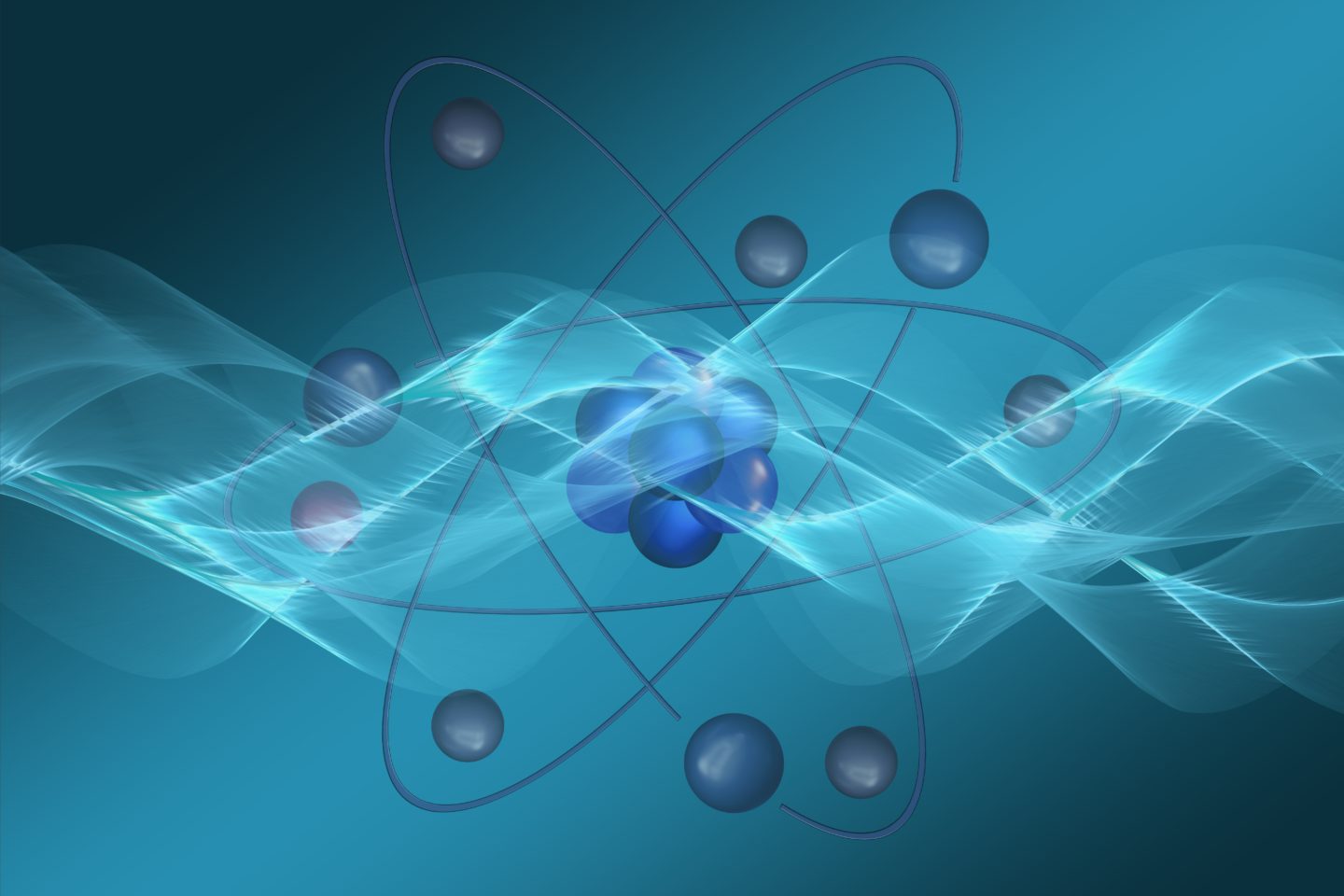September 26, 2019
New form of magnetism found
Physicists have discovered new type of magnetism in interaction of two ultra-thin atomic layers
Advances in science and technology over the past few decades have allowed physicists to study nature at an increasingly finer scale. As the study of natural systems shrinks further and further, new physical phenomena are being unveiled. Now, a multi-national research team including researchers from the Institute of Science and Technology Austria (IST Austria) has discovered a new form of magnetism within the interaction of two ultra-thin atomic layers. Their results are published in the journal Physical Review Letters.
At a microscopic level, magnetism is the result of the sum of the magnetic moments of the fundamental constituents of matter. A complete understanding of the familiar magnetic attraction and repulsion forces we see in everyday objects requires a microscopic description that takes into account quantum mechanics. In their study, first authors Giacomo Bighin from the group of Mikhail Lemeshko at IST Austria and Nicolò Defenu from the University of Heidelberg along with colleagues from Hungary and Italy describe the magnetism of a system consisting of a pair of two-dimensional layers of atoms, stacked on top of each other. The research team has shown that in such a system, a new form of magnetism can be present.
While the discovery is still theoretical, the researchers are already looking for experimental physicists to confirm their theory using real systems. One way to realize such a system, according to Bighin, would be to use ultra-cold atoms that can be arranged into lattices using laser light. As the study shows, the closer the two layers are to each other, the more important this new form of magnetism becomes. “As our electronic devices continue to shrink, it’s important to understand such effects”, says Bighin. Also, the theory developed by the researchers can be applied to other physical phenomena such as superconductivity and superfluidity.
Publication
Bighin, G., Defenu, N., Nándori, I., Salasnich, L. and Trombettoni, A. 2019. Berezinskii-Kosterlitz-Thouless Paired Phase In Coupled XY Models. Physical Review Letters DOI: 10.1103/PhysRevLett.123.100601




